BITS BLOG
Security Is Not Just for IT: Why Every Department Owns Risk
Because attackers do not stop at the server room, and neither should your defenses.
In many organizations, cybersecurity is still viewed as IT’s job. But in today’s threat landscape, that mindset creates blind spots, slows down response times, and exposes critical processes to risk.
Security is not just a technical function. It is a business responsibility. HR, finance, operations, and leadership all play roles in protecting the organization, whether they realize it or not.
This article outlines how non-IT departments contribute to cybersecurity, why role-based risk ownership matters, and how to build a company-wide culture of accountability without overwhelming your teams.
Why This Matters More Than Ever
Today’s risks go far beyond servers and firewalls:
- HR manages employee onboarding and offboarding, a major access control vector.
- Finance approves vendor payments and wire transfers, prime targets for business email compromise.
- Sales and marketing handle sensitive customer data and often adopt new tools with little oversight.
- Executives shape risk appetite and often bypass standard controls for convenience or speed.
When risk is owned only by IT, these scenarios fall through the cracks. When risk is shared, they become opportunities for prevention.
5 Ways Every Department Owns Risk
1. HR: The Gatekeepers of Identity
HR is responsible for initiating and closing access. That makes them the first line of defense for role-based permissions, privileged account creation, and timely offboarding. Delays or miscommunications here create risk every time someone joins, moves, or leaves.
What to do:
- Link HR systems to identity providers.
- Define roles and access in job descriptions.
- Set timelines and accountability for access revocation.
2. Finance: The Last Stop Before Loss
Finance teams control the money. They review invoices, approve payments, and interact with vendors, all prime targets for social engineering, phishing, and fake invoice attacks.
What to do:
- Implement dual approval for payments over a certain threshold.
- Train staff to verify banking changes out-of-band.
- Flag high-risk vendors with missing security documentation.
3. Legal and Compliance: The Translators of Obligation
These teams ensure the organization meets regulatory requirements and manages risk exposure through contracts. If they are not looped into cybersecurity discussions, data handling obligations and breach clauses may be outdated or non-existent.
What to do:
- Review vendor contracts for breach notification terms.
- Map regulatory controls to business processes, not just IT systems.
- Include legal in tabletop exercises and breach simulations.
4. Operations and Facilities: Physical Access and Downtime
Facility security, access badges, cameras, and even HVAC systems are increasingly digital and networked. Downtime caused by physical systems can trigger business interruption and attackers know this.
What to do:
- Align physical and cyber access control policies.
- Map building systems as part of your inventory.
- Include operations in business continuity planning.
5. Leadership: The Architects of Risk Culture
Executives set the tone for risk tolerance and operational discipline. If leadership bypasses security policies or downplays risk, it signals to the rest of the organization that compliance is optional.
What to do:
- Practice what you expect: use MFA, avoid shadow tools, and report phishing.
- Set clear expectations around security and accountability.
- Support a business-first security roadmap that balances protection and productivity.
How BITS Cyber Helps Establish Shared Ownership
We help clients shift cybersecurity from “IT’s job” to a company-wide discipline. Using the BITS Cybersecurity Control Framework and Business Change Tolerance (BCT) model, we:
- Define who owns what based on role and risk
- Map controls across departments and systems
- Support HR, finance, and legal with simple, relevant guidance
- Build documentation that meets compliance and insurance needs
- Measure maturity and improvement across the business
Security becomes easier when everyone knows their role.
Final Thought
Cybersecurity is no longer siloed. The fastest-growing risks exist in daily workflows: email, payroll, contracts, and software procurement.
When everyone owns part of the solution, security becomes proactive instead of reactive. That shift protects not just data, but trust, momentum, and long-term growth.
At BITS Cyber, we help organizations operationalize cybersecurity across the business. Because the real line of defense is not the firewall, it's the people.
